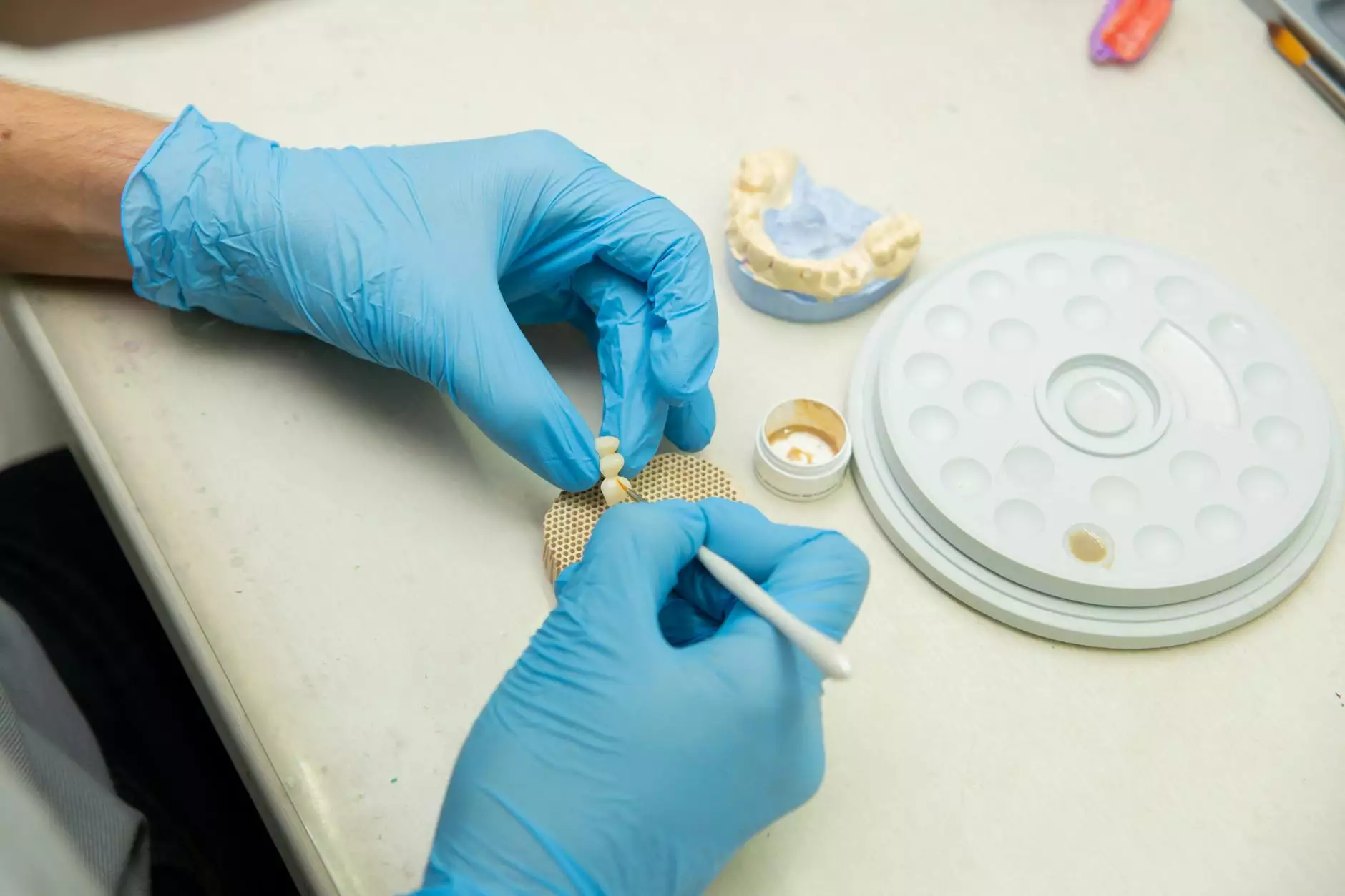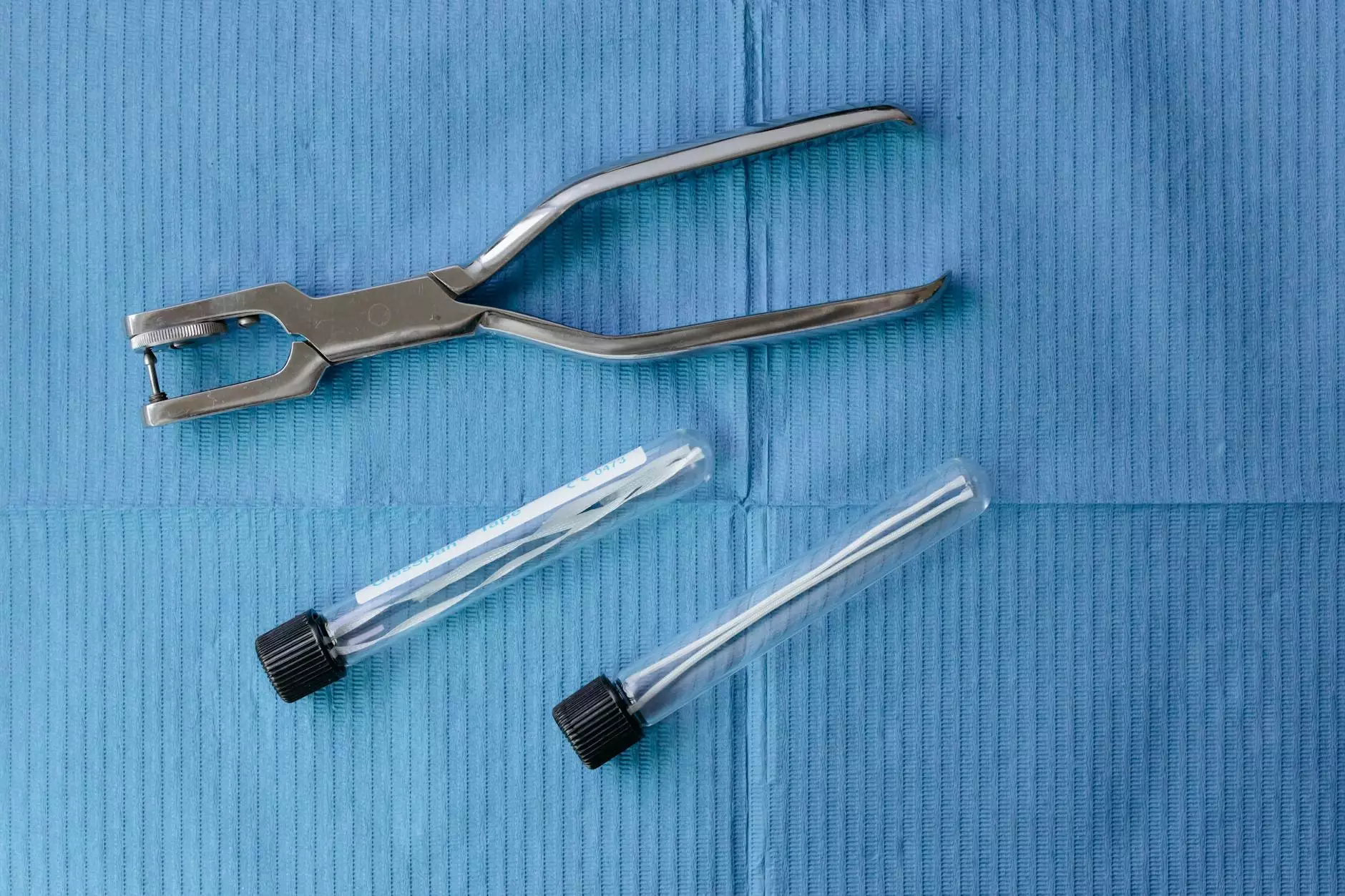Understanding the Stages of Adhesive Capsulitis

What is Adhesive Capsulitis?
Adhesive capsulitis, commonly known as frozen shoulder, is a painful and debilitating condition that affects the shoulder joint. This condition is characterized by stiffness and pain in the shoulder, restricting movement and daily activities. It often develops gradually and can lead to significant loss of function if not addressed properly.
The causes of adhesive capsulitis can vary, but it is often associated with other medical issues such as diabetes, stroke, or prolonged immobility of the shoulder joint following surgery or injury. Understanding the stages of adhesive capsulitis is crucial for effective diagnosis and treatment.
The Stages of Adhesive Capsulitis
Adhesive capsulitis generally progresses through three distinct stages, each characterized by specific symptoms and degrees of motion limitation:
1. Freezing Stage
During the freezing stage, patients begin to experience a gradual onset of shoulder pain and increasing stiffness. This stage can last anywhere from six weeks to nine months, during which:
- Pain: The pain is often worse at night and can radiate down the arm.
- Loss of Range of Motion: Patients begin to find it increasingly difficult to move their shoulders, especially when trying to raise their arms.
- Interference with Daily Life: Simple tasks such as dressing, reaching for items, and even sleeping can become difficult due to discomfort and stiffness.
2. Frozen Stage
The frozen stage can last from four to six months. During this phase, the shoulder becomes even stiffer, and the pain may begin to lessen, but the lack of movement becomes more pronounced:
- Severe Stiffness: The shoulder becomes markedly stiff, and passive movement may be limited significantly.
- Pain Reduction: While pain may decrease, the prominent stiffness can lead to frustration as the range of motion decreases.
- Daily Function Impairment: Daily activities continue to be challenging, requiring adaptations and assistance.
3. Thawing Stage
The final stage, known as the thawing stage, can last anywhere from six months to two years. During this time, recovery starts:
- Gradual Improvement: Patients will begin to regain lost mobility, but recovery can be slow and may vary by individual.
- Less Pain: Overall, patients experience significantly less pain as they work through rehabilitation exercises.
- Return to Normal Function: Eventually, many individuals can return to normal shoulder function, though some residual stiffness may remain.
Symptoms of Adhesive Capsulitis
Recognizing the symptoms of adhesive capsulitis can aid in early diagnosis and treatment. Common symptoms include:
- Pain: Initially felt at rest and aggravated by movement.
- Stiffness: Difficulty in performing overhead activities.
- Night Discomfort: Pain that disrupts sleep is common.
If you notice these symptoms escalating, it is advisable to consult a healthcare professional for further evaluation and management options.
Diagnosis of Adhesive Capsulitis
Diagnosing adhesive capsulitis typically involves a thorough physical examination and assessment of medical history. Common diagnostic approaches include:
- Physical Examination: A healthcare provider will assess range of motion and pain levels.
- Imaging Tests: X-rays or MRIs may be utilized to rule out other shoulder conditions.
Early diagnosis can facilitate effective treatment and improve outcomes.
Treatment Options for Adhesive Capsulitis
The treatment of adhesive capsulitis aims to relieve pain and restore mobility. Options may include:
Physical Therapy
One of the most effective treatments is physical therapy, which focuses on:
- Range of Motion Exercises: Targeted exercises to improve flexibility and mobility.
- Strengthening Exercises: Building the surrounding shoulder muscles for better support.
- Pain Management Techniques: Methods including heat and ice therapy.
Medications
Medications can help manage discomfort. These may consist of:
- NSAIDs: Nonsteroidal anti-inflammatory drugs to relieve pain and reduce inflammation.
- Corticosteroid Injections: This can decrease inflammation and improve mobility.
Surgical Options
In cases where conservative management fails, surgical options might be considered:
- Arthroscopic Capsular Release: A minimally invasive procedure that releases tight sections of the capsule.
- Manipulation Under Anesthesia: During this procedure, a healthcare provider gently moves the shoulder joint while the patient is under anesthesia.
Living with Adhesive Capsulitis
Managing life with adhesive capsulitis requires patience and progressive rehabilitation. Here are some tips:
- Stay Active: Engage in low-impact activities to maintain overall fitness.
- Follow Physio Guidelines: Adhere strictly to the physiotherapist's advice and home exercise programs.
- Monitor Pain Levels: Keep track of pain and adjust activities as necessary.
With dedication and the right approach, many individuals recover fully from adhesive capsulitis.
Conclusion
Understanding the stages of adhesive capsulitis is essential for managing this challenging condition. From recognizing early symptoms to implementing effective treatment strategies and rehabilitation programs, seeking timely medical intervention can make a significant difference in recovery outcomes. Remember that patience and commitment to your treatment plan are key components for overcoming adhesive capsulitis and returning to an active, pain-free life.
For more information on managing adhesive capsulitis or if you're seeking professional care, consider visiting IAOM-US, where expert chiropractors and healthcare professionals can provide personalized assessments and treatment plans tailored to your specific needs.









